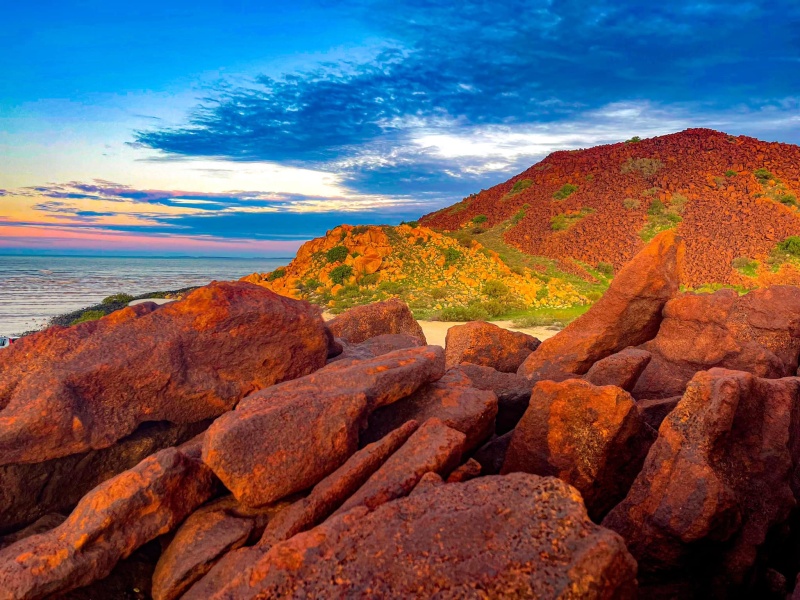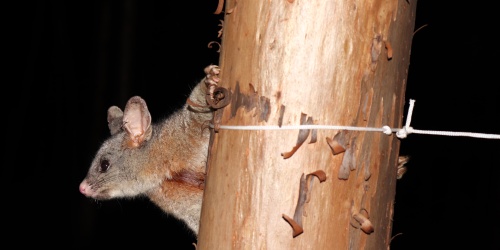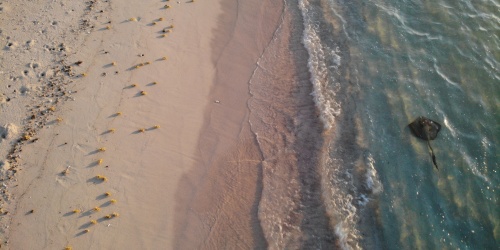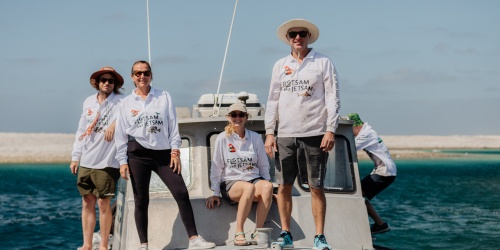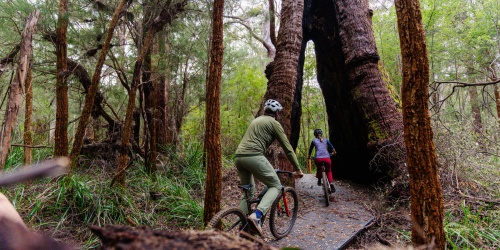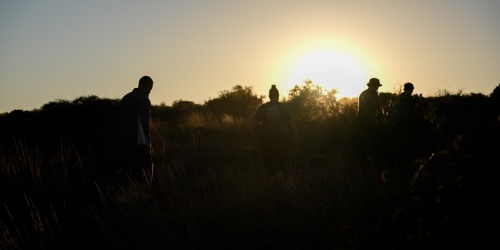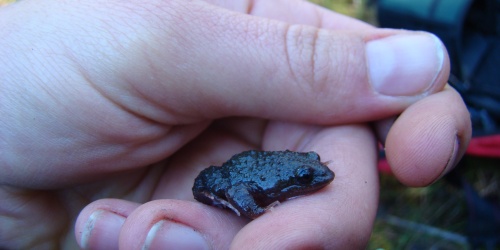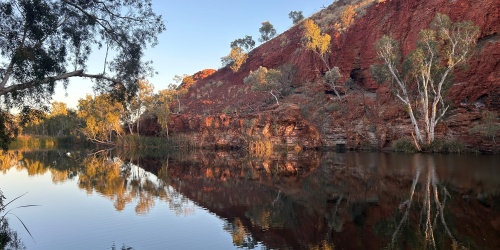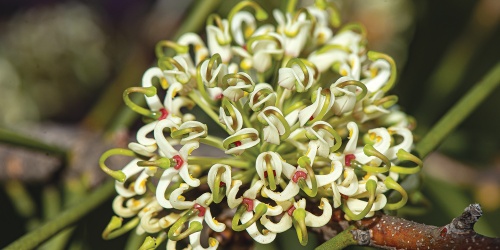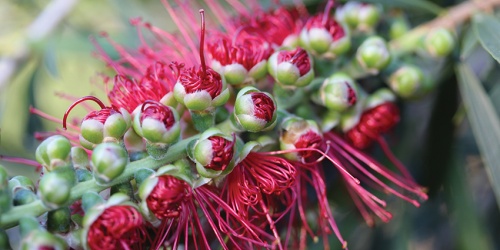Features in this issue
-
New subspecies of brushtail possum for WA
How scientists are shedding light on their populations and relationships -
Flotsam and Jetsam
Turning oceanic trash into treasure -
In the balance
Investigating the predators of loggerhead turtles in a world heritage ecosystem -
Meet the new recruits
Parks and Wildlife Service Graduate Officers -
Tiny frog, big fight
How the plight of a rare WA amphibian and other endemic threatened species are inspiring a new era of conservation partnerships -
Beautiful local waterbirds
Swimmers and waders -
Partnering to protect the Pilbara
A Pilbara conservation project -
Achieving World Heritage status for the Murujuga Cultural Landscape
Murujuga is a deeply storied land and seascape located in north-west Australia. -
Wilderness awaits on the Giants Trails
The Giants Trails—where every turn leads to adventure and awe
